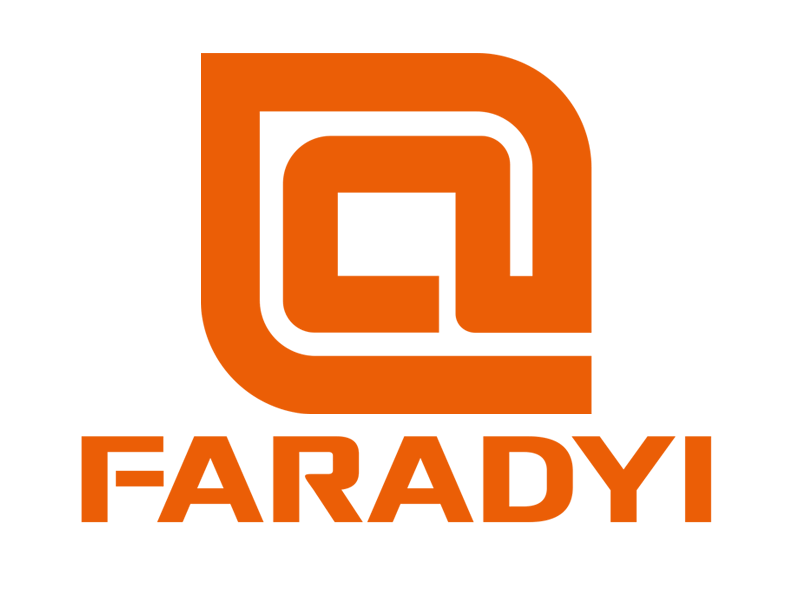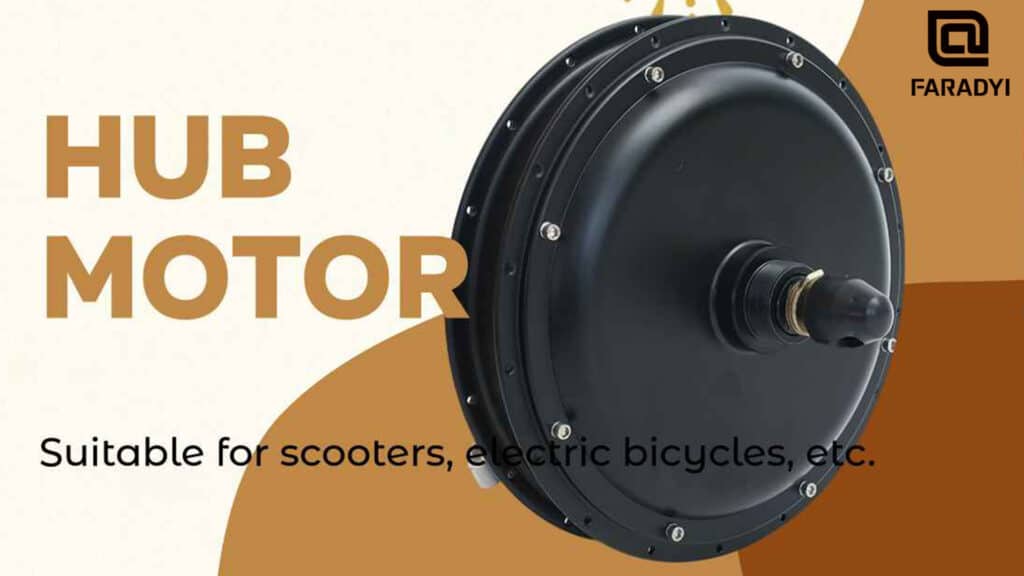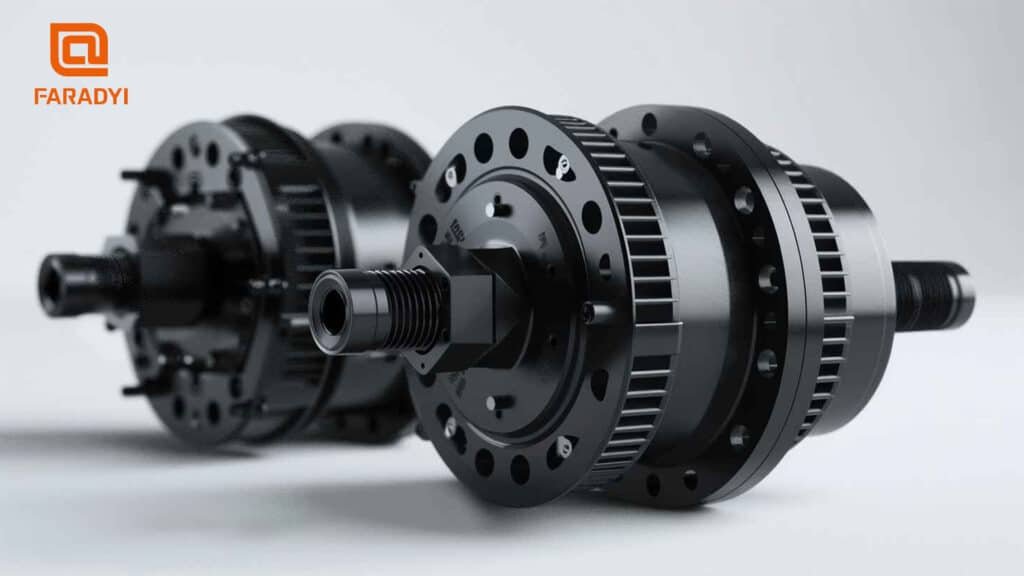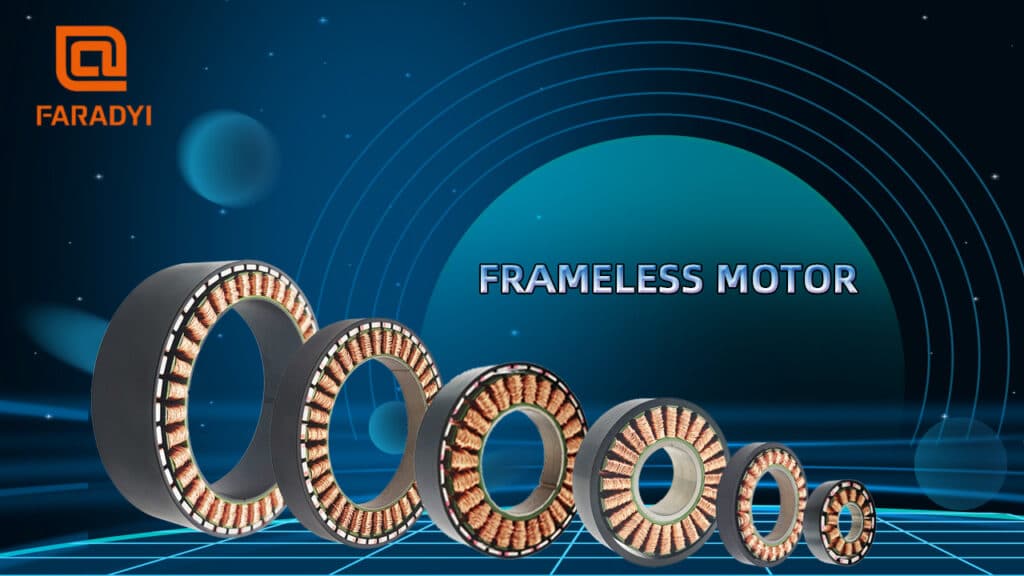The following reasons may cause overheating of brushless DC motors:
(1) Motor overload: Make the load current and voltage not exceed the rated value.
(2) The load power factor is too low: adjust the load so that the excitation current does not exceed the rated value.
(3) The speed is too low: adjust the speed to the rated value.
(4) There is a partial short circuit in a winding of the generator: find the short circuit, correct or replace the coil.
(5) When the voltage exceeds the rated voltage of the brushless DC motor by more than 10%, or is lower than the rated voltage of the brushless DC motor by more than 5%, the brushless DC motor is prone to heat under rated load and the temperature rise increases. The voltage should be checked and adjusted. .
(6) The phase-to-phase imbalance of the three-phase power supply voltage exceeds 5%, which causes the three-phase current to be unbalanced and causes the brushless DC motor to generate additional heat. The voltage should be adjusted.
(7) One phase fuse is broken or the power switch is in poor contact, causing phase loss and overheating. The damaged components should be repaired or replaced.
(8) Wrong winding wiring, mistakenly connecting star to delta, or mistakenly connecting delta to star, will cause the brushless DC motor to overheat when running under rated load, and should be checked and corrected.
(9) The stator winding turns or phases are short-circuited or grounded, which increases the current, increases the modulation loss and causes overheating. If the fault is not serious, just re-insulate it. If the fault is serious, the winding should be replaced.
(10) One phase winding of the stator is disconnected or a branch of the parallel winding is disconnected, causing an imbalance in the three-phase current and causing the winding to overheat.
(11) The cage rotor has broken bars or the winding rotor coil joints have become loose, causing excessive current in the maintenance network and heating. The copper bar rotor can be repaired or replaced by welding, and the cast aluminum rotor should be replaced.
(12) The bearing is damaged or worn too much, causing the stator and rotor to collide. Check whether the bearing is loose and whether the stator and rotor are poorly assembled.
(13) If the load is too large, the load should be reduced or replaced with a high-power brushless DC motor.
(14) If the working machinery being carried is faulty and causes overload, the machinery being carried should be inspected and the fault eliminated.
(15) If the engine is started too frequently, the number of starts should be reduced.
(16) The operating ambient temperature is too high (over 40°C), which makes the air inlet of the brushless DC motor too hot and makes it difficult to dissipate heat. Cooling measures should be taken.
(17) There is too much dust and oil inside and outside the brushless DC motor, which affects heat dissipation. Dust and oil should be eliminated.
(18) The air duct of the brushless DC motor is blocked, ventilation is poor, and the air intake volume is reduced. Debris and dirt at the air duct opening should be removed.






